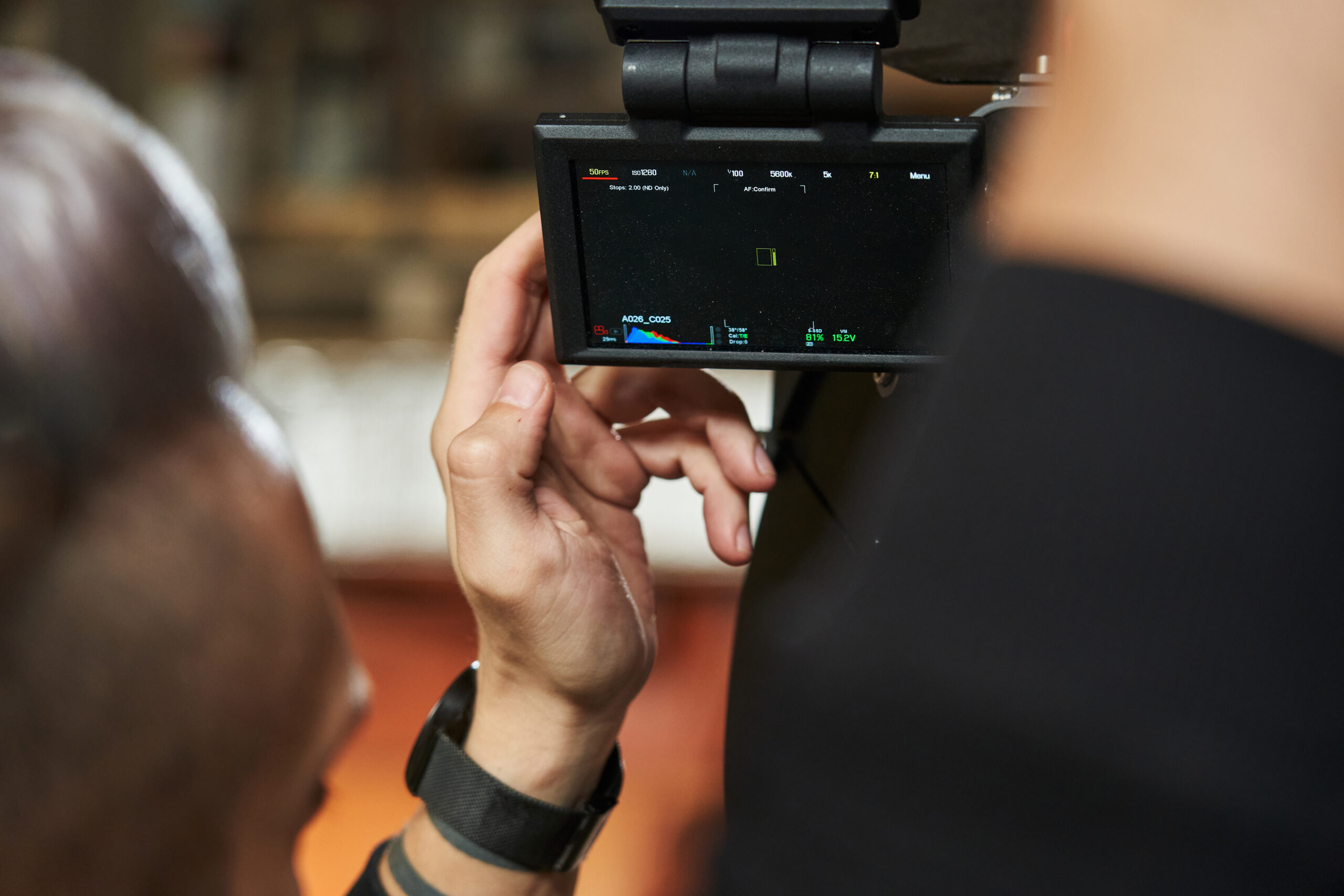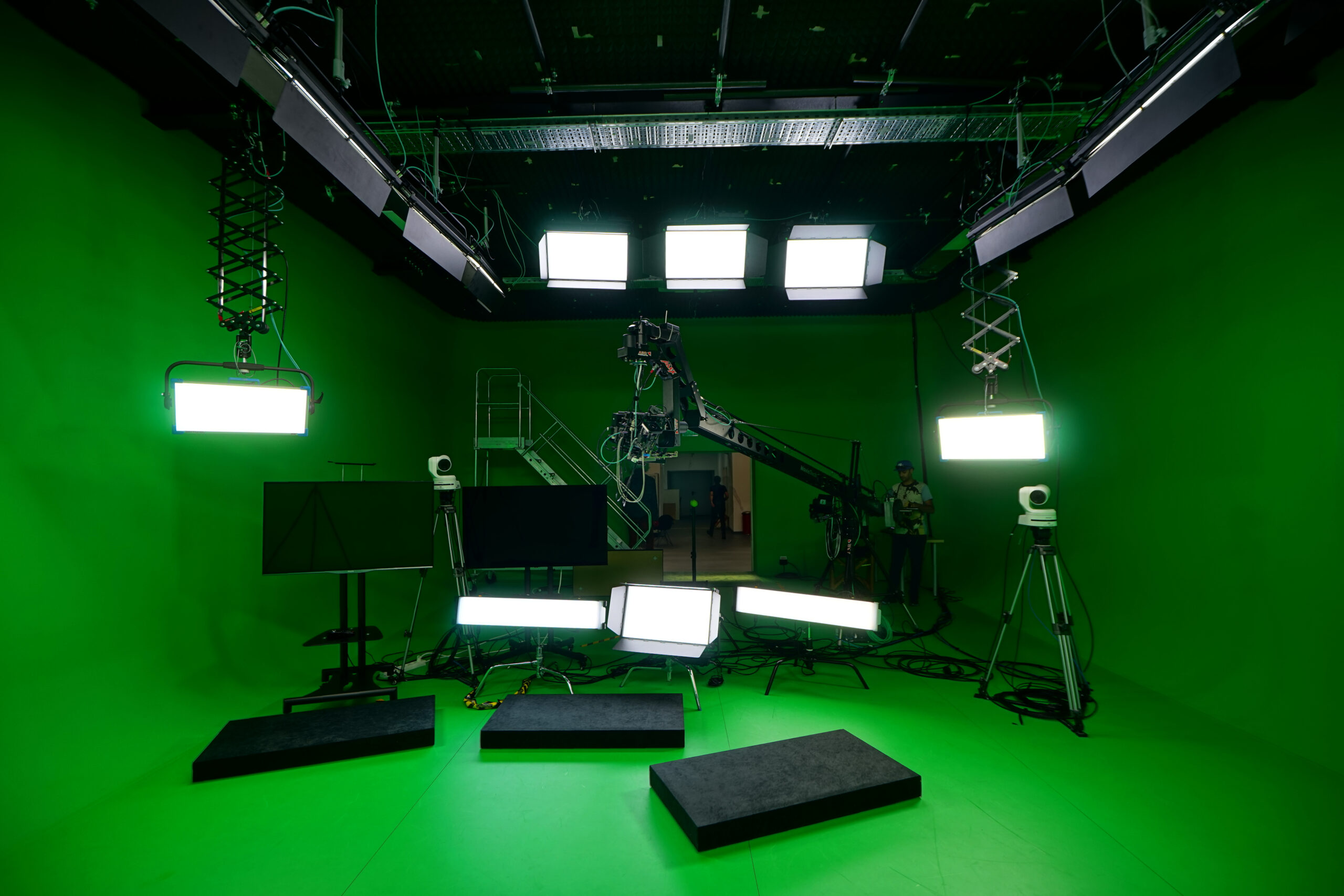The world of visual effects in film and television is one that constantly pushes the boundaries of technology and creativity. As the demands and complexities of VFX increase, the industry faces significant challenges. This article explores these challenges and how advancements in VFX software and project management tools are shaping the future of movies and series production.
Emerging Challenges in VFX Production
The primary challenges in modern VFX production include handling increasing data volumes, meeting the escalating standards of realism, and managing complex collaborative workflows. Additionally, the pressure to deliver high-quality work within tight deadlines and budgets remains a constant.
Advancements in VFX Software
To address these challenges, VFX software developers are continually innovating. Newer versions of software like Houdini are focusing on enhanced simulation capabilities, allowing for more realistic environmental effects. Machine learning and AI integration in tools like Adobe After Effects are automating certain tasks, speeding up the workflow while maintaining quality.
The Role of Real-Time Rendering
Real-time rendering technologies, like those seen in Unreal Engine, are revolutionizing VFX by providing immediate feedback. This allows for quicker iterations and decision-making, essential in a fast-paced production environment.
Project Management Tools: Adapting to the Evolving Landscape
VFX project management tools are evolving to become more integrated with creative software. This integration streamlines workflows, making it easier to track progress and make adjustments on the fly. Tools like V-Slate are incorporating more features for real-time collaboration and feedback, essential in today’s remote working scenarios.
Cloud-Based Solutions and Global Collaboration
The shift towards client-cloud-based solutions is facilitating global collaboration. These platforms enable teams from different parts of the world to work together seamlessly, sharing resources and expertise. This is particularly beneficial for large-scale projects that require diverse skill sets.
Training and Skill Development
With the rapid advancement in software and tools, continuous training and skill development have become essential for VFX professionals. This ensures that teams stay up-to-date with the latest technologies and techniques, maintaining a competitive edge in the industry.
Conclusion
The future of VFX in movies and series is one of continuous innovation and adaptation. As the industry navigates through its various challenges, the advancements in software and project management tools are playing a pivotal role. They not only streamline the production process but also open up new possibilities for creative storytelling. As we look ahead, it’s clear that these tools will continue to shape the landscape of visual effects in cinema.


